Near Vision Changes After 40
Published by on December 13, 2016
- Dysfunctional Lens Syndrome (DLS) is a natural part of the eye’s aging process that involves changes to lens inside the eye. DLS has three stages. DLS Stage 1, or age related near vision changes, happens when your natural lens loses elasticity, making it difficult to change your focus to see objects up close.
- Everyone — yes, everyone — will eventually be affected by DLS. DLS Stage 1, affects most people in their 40s and early 50s.
- More than a billion people in the world currently have near vision changes according to the Archives of Ophthalmology.
- People affected often own multiple pairs of reading glasses and must rely on them for even the most basic daily tasks.
- Symptoms include difficulty with near vision when reading menus, newsprint, price tags, a mobile phone, or doing hobby or close-up work. Initially, people find themselves constantly repositioning reading material to find the correct focus, and may experience eye fatigue when reading in poor lighting or at the end of the day.
Age Related Near Vision Changes and Raindrop® Near Vision Inlay

- Raindrop near vision inlay is the world’s first inlay to change the shape of the cornea (the clear, front part of the eye) to improve near vision and it is designed to reduce or eliminate the need for reading glasses.
- Using a tiny lens comprised of approximately 80 percent water, it is placed in the cornea.
- Most people who have had the Raindrop implanted, see an improvement in their near vision by one week.1
- The Raindrop Near Vision Inlay has received approval by the U.S. Food and Drug Administration (FDA), and has been available around the world for several years prior to approval in the US.
About the Raindrop Procedure
Raindrop is made of a soft, biocompatible material similar to a soft contact lens. It has similar properties and water content as the cornea.
Raindrop works by gently changing the shape of the cornea. While Raindrop is implanted in one eye only, both eyes work together to create one image. The Raindrop eye provides an improvement in near vision associated with a slight decrease in distance vision. With both eyes working together there is not a compromise for distance vision and patients still have a significant improvement in near vision.
Raindrop is:
-
- Transparent, so no one will realize there is a Raindrop in your eye
- Well suited for dim light situations as 99.7% of the light passes through the Raindrop and reaches the back of the eye, or retina, where the image is processed
- Bioengineered to facilitate the transport of nutrients and fluid to the eye
- Incredibly small – less than half the thickness of a human hair and about the size of a pinhead
You deserve to see close up clearly. Call us today at 402.558.2211 for more information on Raindrop or to schedule your consultation to find out if you’re a Raindrop inlay candidate!
References:
- Raindrop Near Vision Inlay Prescribing Label, ReVision Optics, Inc.
Please see Professional Use Information and/or Patient Information Brochure for a complete list of Potential Risks, Warnings and Precautions. www.raindropinlay.com MKT 244 Rev 1

Lance Kugler, MD, is a specialist in LASIK and vision correction surgery and CEO of Kugler Vision. A proud Omaha native, he is passionate about improving lives through clear vision. Dr. Kugler serves on several national boards, and his practice is recognized internationally as a center of excellence. Dr. Kugler is one of the original founders of the Refractive Surgery Alliance, an international organization comprised of over 350 of the world’s leading vision correction surgeons; he also served as its first president. In 2019, Dr. Kugler was selected as a TEDx speaker, and delivered a talk in Omaha about the worldwide epidemic of nearsightedness and refractive solutions. Dr. Kugler is an Associate Professor of Refractive Surgery at the University of Nebraska Medical Center’s Truhlsen Eye Institute, has been published in many medical journals, and participates in numerous clinical studies to advance the field of vision correction surgery. Additionally, Dr. Kugler is proud to be a Board Certified Fellow of the World College of Refractive Surgery & Visual Sciences. Dr. Kugler and his wife are proud parents to five active kids. When he has a spare moment, he enjoys skiing, tennis, travel, and fine coffee.




Leave a Reply